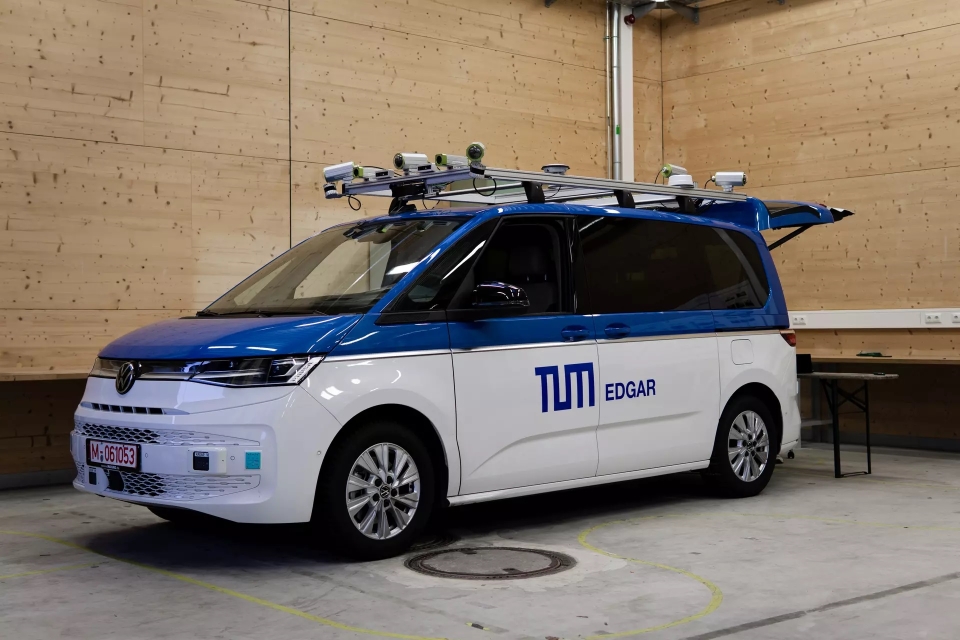
A new algorithm for self-driving vehicles that incorporates ethical principles is the first software in line with all 20 recommendations from the European Union expert group on autonomous vehicle decision- making, according to a new study.
In autonomous driving, many decisions with ethical implications are made during trajectory planning, such as whose lives to prioritize or risk in case of an impending accident. However, current approaches in motion planning focus on only minimizing uncertainties—for example, from collision probabilities.
Now researchers at Technical University of Munich have developed an ethical trajectory planning algorithm for autonomous vehicles that aims to fairly distribute the levels of risk among road users. The algorithm incorporates five ethical principles—minimization of overall risk, priority for the worst- off, equal treatment of people, responsibility, and maximum acceptable risk.
“Until now, autonomous vehicles were always faced with an either-or choice when encountering an ethical decision,” study lead author Maximilian Geisslinger, the Technical University of Munich’s chair of automotive technology, said in a statement. “But street traffic can’t necessarily be divided into clear- cut, black-and-white situations. Much more, the countless gray shades in between have to be considered as well. Our algorithm weighs various risks and makes an ethical choice from among thousands of possible behaviors, and does so in a matter of only a fraction of a second.”
The new algorithm classifies vehicles and persons moving in street traffic based on the risk they present to others and on their respective willingness to take risks. For example, a truck can cause serious damage to others, while in many scenarios the truck itself will only experience minor damage. The opposite is the case for a bicycle.
Autonomous vehicles driving in traffic inevitably have to accepting a certain amount of risk for collisions. Otherwise, they are subject to the so-called “freezing robot problem,” where they are paralyzed by being able to do nothing that would not incur some risk, the researchers noted.
The new algorithm was designed not to exceed a maximum acceptable risk in various street situations. In addition, the research team included variables to account for the responsibilities held by different traffic participants—for example, the responsibility to obey traffic rules.
The new algorithm was tested on approximately 2,000 scenarios in computer simulations of urban, rural and highway settings in regions such as Europe, the United States and China. In the future the software will be tested on real streets using the Technical University of Munich’s research vehicle EDGAR. The code used in this research is available as open-source software. The scientists detailed their findings earlier this month in the journal Nature Machine Intelligence.

